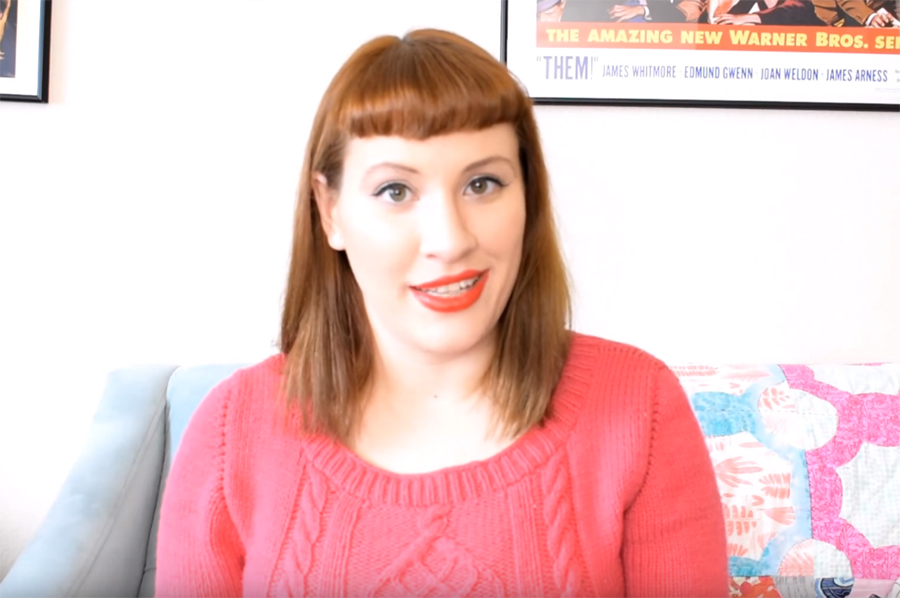1. Pick out your yarn. I recommend using a worsted weight yarn if you’re going to design your own sweater for the Seamless Set-in Sleeve KAL You will have extra prep-work and set-backs, so a heavier yarn is best if you want to meet the deadline. To figure out roughly how much yarn you’ll need, browse worsted-weight sweater projects in your size, and add on 300 yds for swatches and so you’ll be sure to have enough yarn.
2. Sketch your sweater ideas. Cardigan or pullover? Scoop-neck or v-neck? Plain or panels? Get all of your ideas on the page, and include a selection of variations.
3. Knit swatches. Work some experimental swatches to figure out the best needle size and the most attractive stitch patterns. Next, knit gauge swatches for what you decide to use as your main stitch pattern and any accent stitch patterns. You’ll also want to use swatches to work out any potential problems like increases and decreases in pattern or edgings.
This is the fun, creative part where you really get to experiment and anything is possible. Dream up your perfect sweater! Next week we’ll dive into the math, and don’t forget to join us in the Untangling Knots group on Ravelry for the Seamless Set-in Sleeve KAL.

Leave a Reply